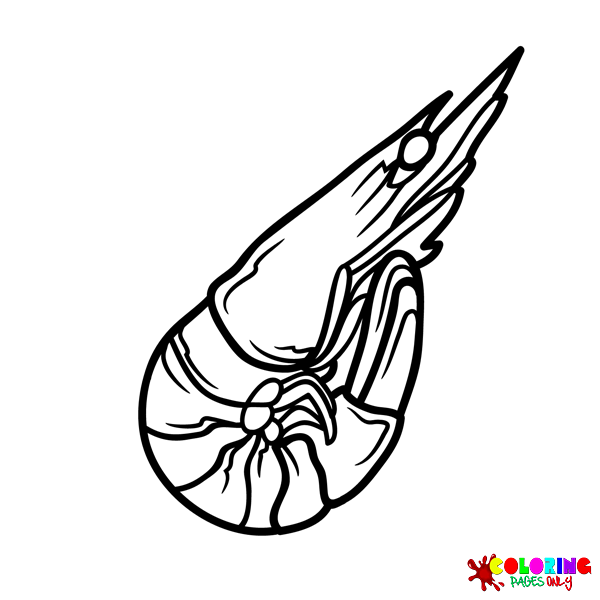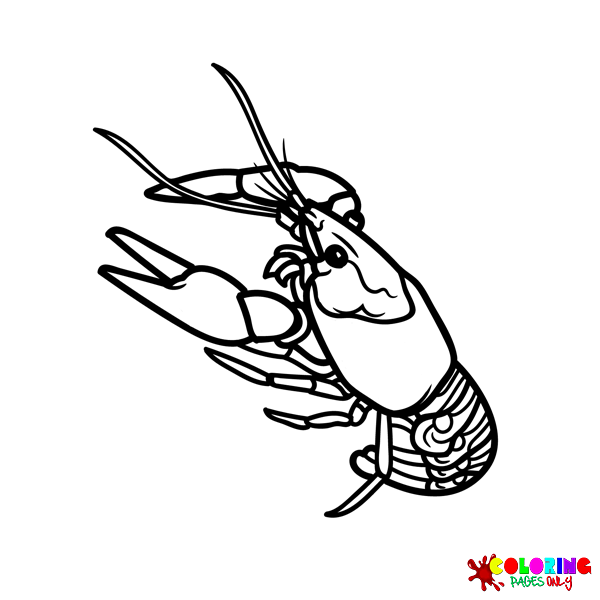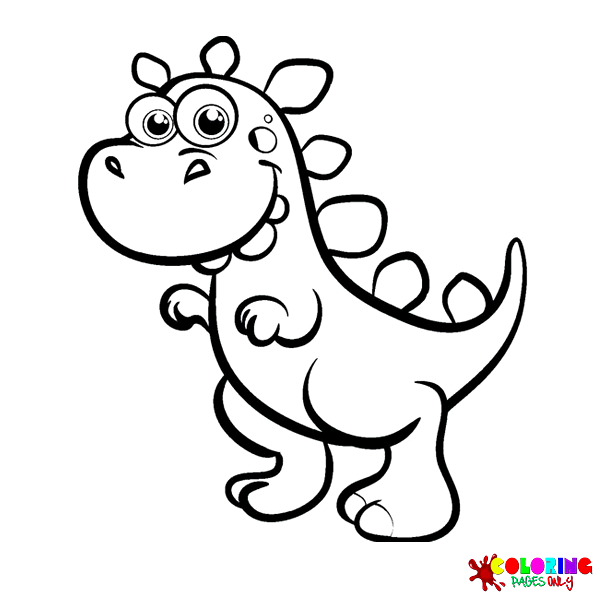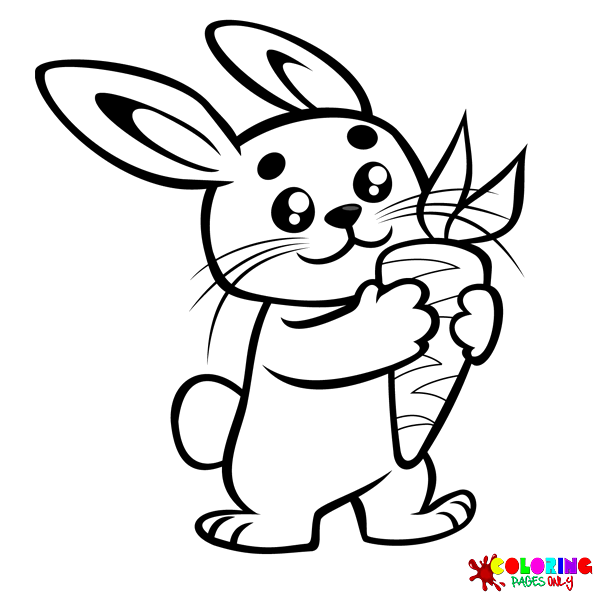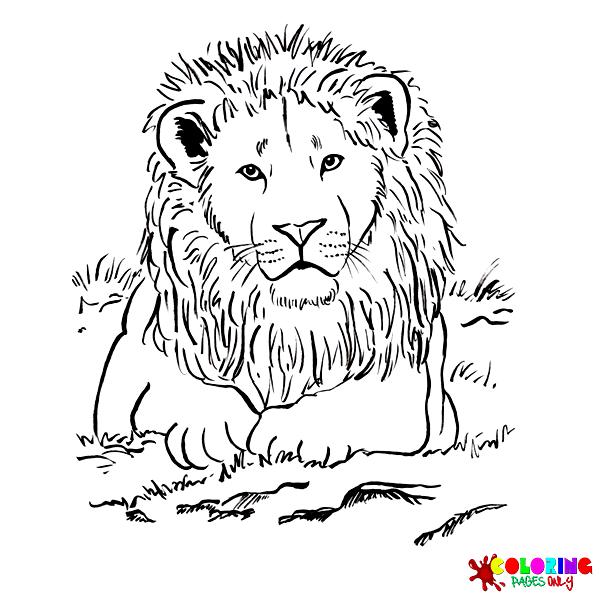Crustaceans are a diverse group of animals that belong to the phylum Arthropoda. Their hard exoskeleton and segmented bodies characterize them. Crustaceans include many animals, such as crabs, lobsters, shrimp, barnacles, and crayfish. They are found in various aquatic environments, such as oceans, rivers, lakes, and terrestrial habitats. Crustaceans play essential roles in their ecosystems, as they are a food source for many other animals and help to recycle nutrients in aquatic environments. It’s wonderful to color Crustacean coloring pages and discover much knowledge about these special animals.
There is a wealth of scientific knowledge that children can learn about crustaceans, a diverse group of animals that includes crabs, lobsters, shrimp, and crayfish. Here are some examples of scientific knowledge that children can learn about crustaceans:
Anatomy: Children can learn about the anatomy of crustaceans, including their exoskeletons, segmented bodies, jointed appendages, and specialized organs like gills and antennae.
Life cycle: Crustaceans undergo a complex metamorphosis as they grow from juveniles to adults. Children can learn about the life cycle’s different stages, including larval and molting.
Ecology: Crustaceans play essential roles in aquatic ecosystems, serving as prey for larger animals and helping to recycle nutrients. Children can learn about the food web and how crustaceans fit into it.
Diversity: There are many different species of crustaceans, each with unique adaptations for survival. Children can learn about the different types of crustaceans, their habitats, and their behaviors.
Crustaceans’ uses for humans: Crustaceans are an essential food source for humans and are also used in scientific research and medicine. Children can learn about how humans interact with crustaceans and the importance of sustainability in these interactions.
By learning about crustaceans, children can develop a deeper appreciation for the diversity of life on Earth and the essential roles these animals play in ecosystems and human society.
Here are some interesting and valuable facts about crustaceans that children may enjoy learning:
Crustaceans have a hard exoskeleton: Crustaceans have a hard outer shell that protects their bodies. As they grow, they shed this shell and develop a new one.
Crustaceans have two pairs of antennae: Most crustaceans have two pairs of antennae that they use for sensing their environment and communicating with other animals.
Crustaceans have different types of legs: Crustaceans have legs that are specialized for different tasks, such as walking, swimming, and grabbing prey.
Crustaceans can regenerate limbs: Some crustaceans, such as crabs and lobsters, can regenerate lost limbs over time.
Crustaceans have compound eyes: Many crustaceans have compound eyes, which are made up of many small lenses that allow them to see in different directions.
Crustaceans are essential for the food chain: Crustaceans are an important food source for many other animals, such as fish, birds, and mammals.
By sharing these facts with children, you can help them learn about the fascinating adaptations and roles crustaceans play in our ecosystems.
The Crustacean coloring page can be fun for kids to learn about the different types of crustaceans and their unique characteristics. Here are some popular crustaceans that children may enjoy coloring:
Crab coloring pages: Crabs are one of the most popular crustaceans. Children may enjoy coloring different types of crabs, such as blue crabs, king crabs, and hermit crabs.
Lobster coloring pages: Lobsters are another well-known crustacean. Children can color lobsters with their distinctive red shells and long antennae.
Shrimp coloring pages: Shrimp are small, colorful crustaceans commonly found in aquatic environments.
These are just a few examples of the many different types of crustaceans that children may enjoy coloring. Children can learn about these fascinating animals’ different colors, shapes, and features by engaging with these coloring pages.
Crustacean coloring pages can be helpful for kids in several ways. Here are some potential benefits of using these coloring pages:
Enhancing creativity: Coloring can help children express their creativity and use their imaginations to color crustaceans differently. They can use different colors and patterns to create unique and colorful crustacean art.
Improving fine motor skills: Coloring can also help children develop fine motor skills, such as hand-eye coordination, finger dexterity, and grip strength. These skills are essential for writing, drawing, and playing sports.
Learning about science: Printable Crustacean coloring pages can help children learn about different types of crustaceans and their unique characteristics, such as their hard exoskeletons, segmented bodies, and jointed appendages. They can also learn about the environments in which these animals live and their role in the ecosystem.
Reducing stress: Coloring can be a relaxing and calming activity for kids, helping them to reduce stress and anxiety. It can also help them to focus their attention and improve their concentration.
Therefore, crustacean coloring sheets can be a fun and educational way for children to engage with these fascinating animals and develop essential skills. Follow and create with many of our free and printable coloring pages.
Related categories and tags

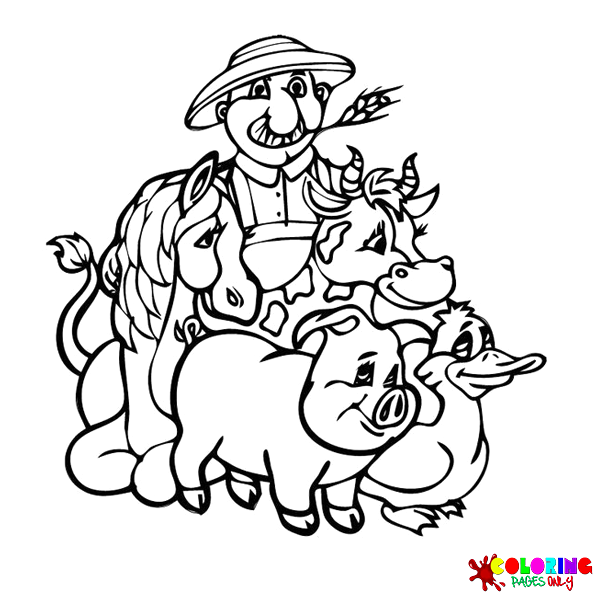 Farm Animal Coloring Pages
Farm Animal Coloring Pages
 Cute Bunnies Coloring Pages
Cute Bunnies Coloring Pages


